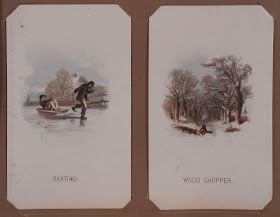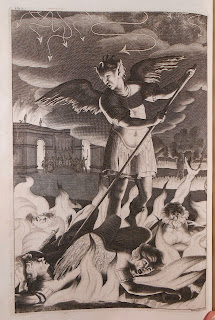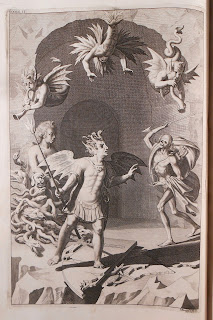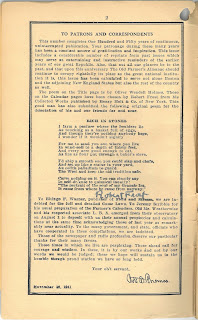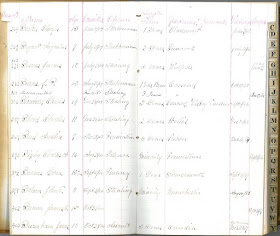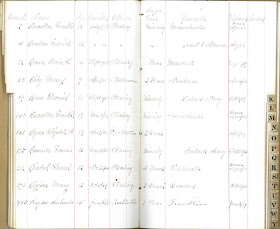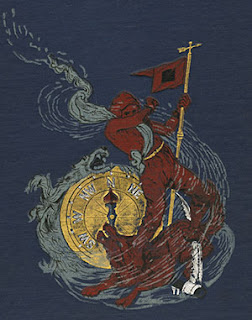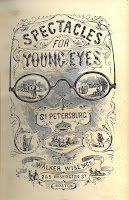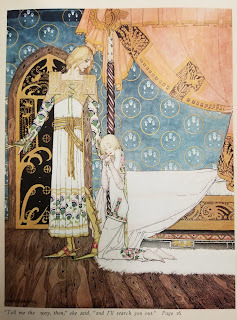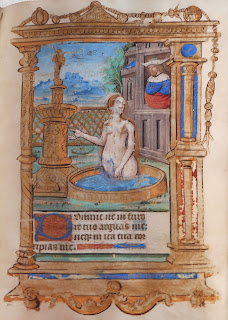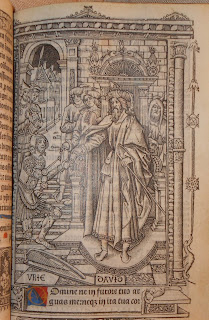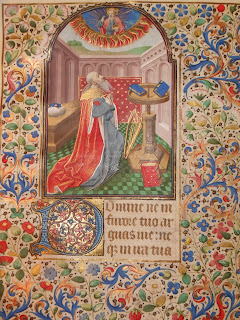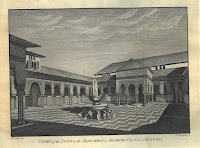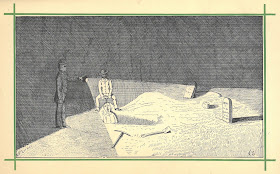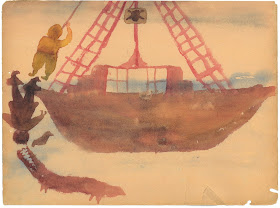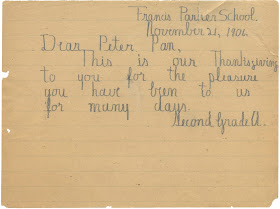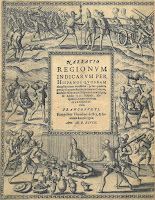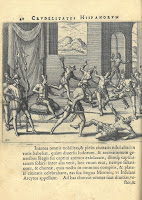 Raccoon coats were full-length fur coats that became a fashion craze on college campuses during the heyday of the Jazz Age, much like the ubiquitous Canada Goose parkas that so many Dartmouth denizens seem to sport nowadays. Like those parkas, raccoon coats were also quite an investment and could cost anywhere from $350 to $900 or more, depending upon the quality of the coat. To put that price in context, the cost of annual tuition at Dartmouth during the late 1920s was $400. Still, they were a must-have item for aspirational college men. The popularity of the fad, especially among elite institutions, is underscored by the lyrics of a 1928 song, Doin' the Raccoon: "Oh they wear them down at Princeton and they share them up at Yale; Oh they eat in them at Harvard and they sleep in them in jail."
Raccoon coats were full-length fur coats that became a fashion craze on college campuses during the heyday of the Jazz Age, much like the ubiquitous Canada Goose parkas that so many Dartmouth denizens seem to sport nowadays. Like those parkas, raccoon coats were also quite an investment and could cost anywhere from $350 to $900 or more, depending upon the quality of the coat. To put that price in context, the cost of annual tuition at Dartmouth during the late 1920s was $400. Still, they were a must-have item for aspirational college men. The popularity of the fad, especially among elite institutions, is underscored by the lyrics of a 1928 song, Doin' the Raccoon: "Oh they wear them down at Princeton and they share them up at Yale; Oh they eat in them at Harvard and they sleep in them in jail."Dartmouth students, although not fortunate enough to be name-dropped in a hit song of the era, nonetheless diligently bowed to the demands of fashion. The Dartmouth student newspaper was filled with advertisements for raccoon coats (as well as baby seal and bear fur coats!) and, during Winter Carnival, the train platform was often swarmed by fur clad Dartmouth men eagerly awaiting the arrival of their dates to the party. We won't speculate as to the other strategies that students employed to keep warm during the Roaring Twenties, but it's clear that wearing raccoon was a non-negotiable.
To explore the issues of the Dartmouth student newspaper from the 1920s, come to the reading room and pull them off the shelf. To see the full lyrics and music to Doin' the Raccoon, ask for Sheet Music SM 1567. To explore the various Winter Carnival photographs in the archives, search the Dartmouth College Photo Files database or ask to see them in person in the reading room.



